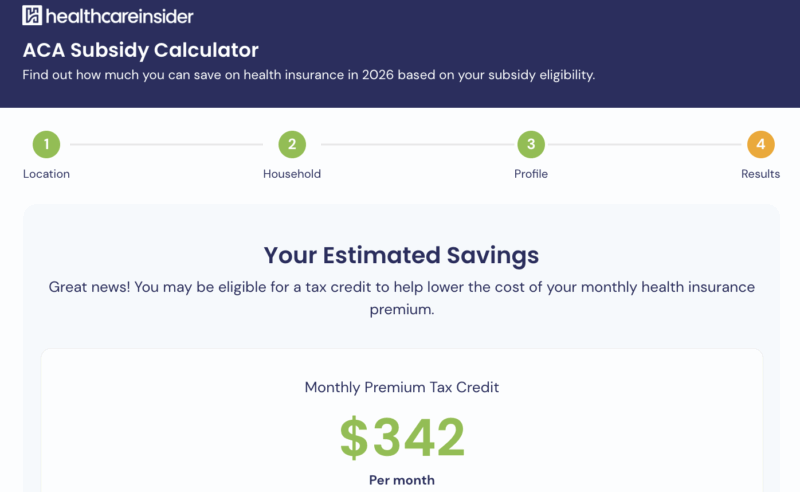
Written by Erica Block
Reviewed by Garrett Ball
Expert Reviewer
We want to help you make educated healthcare decisions. While this post may have links to lead generation forms, this won’t influence our writing. We adhere to strict editorial standards to provide the most accurate and unbiased information.

In order to find out if a specific drug is covered by your insurance plan, you’ll need to review your insurance provider’s drug formulary (the list of prescription medications covered by your health insurance plan). Your insurance provider’s formulary is a “preferred drug list” of all the medications they cover. A formulary will also list the prescribed medication dosages that are covered by the plan.
Some drugs on your plan’s formulary may be covered automatically with a doctor’s prescription. Other medications may require a prior authorization from your doctor, or may be covered only after you’ve tried a different, preferred drug first (also known as step therapy). If you buy a prescription drug that is not included in your plan’s formulary, that drug will be more expensive, as your health insurance may not cover any of the cost.
How to Find Your Plan’s Drug Formulary
To access your insurance plan’s drug formulary:
- Visit your insurance provider’s website,
- Call your insurance provider at the phone number listed on the back of your insurance card, and ask for a hard copy of your plan’s formulary, OR
- Look through the information you received when you compared or first signed up for your plan.
If you have a specific question about your formulary, such as what tier a particular drug is in, or whether a medication requires prior authorization, your insurance company’s customer service representative may be able to help you over the phone.
Formulary Drug Tiers
Most formularies organize the drugs they cover into a hierarchy of separate “tiers,” which are classified by cost. Drug tiers convey to policyholders how much a specific medication will cost; the tier under which a particular drug is categorized determines how much a policyholder will need to pay out-of-pocket to get that drug at the pharmacy. Lower tier drugs are typically for generic or less expensive medications, whereas the higher tiers are for more expensive or specialty medications
Because drug tiers are not standardized, not all insurance providers will organize their formularies into the same number of tiers. A particular drug may be classified as Tier 1 in one insurance plan, but classified as Tier 2 under a different insurance plan–the same drugs aren’t always categorized in the same tiers. Upon enrolling in a plan, insurers typically provide policyholders with a pamphlet or documentation listing the medications that are included in their plan’s formulary, along with an explanation of the copays and/or coinsurance associated with each drug tier.
Taking the Next Steps
If you’re dissatisfied with your plan’s drug formulary, you can always shop for a new health insurance policy. Search our database of individual health insurance plans to find the right plan for you.
Thank you for your feedback!


 by
Garrett Ball |
Updated on
August 18, 2025
by
Garrett Ball |
Updated on
August 18, 2025 




